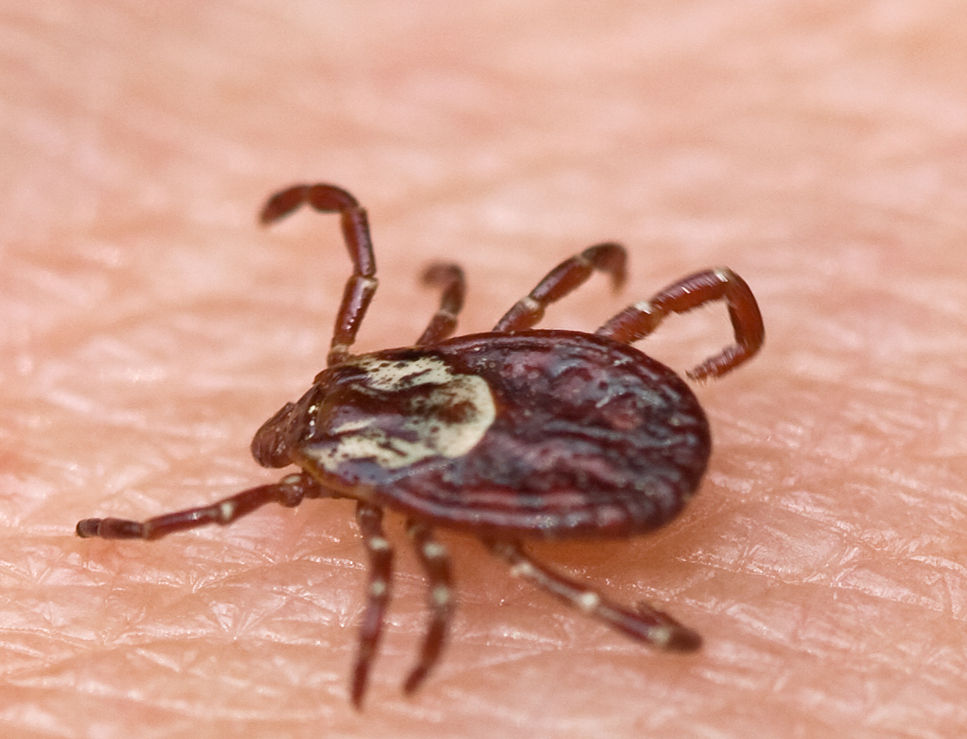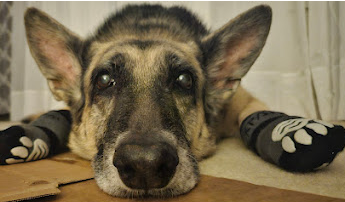Unraveling the Mystery: Do You Know What This Is?
- PB
- Sep 14, 2024
- 3 min read
When it comes to our pets, we strive to be the best pet parents we can be. We pamper them, feed them the best food, and make sure to keep them happy and healthy. But there's one thing that often sneaks up on even the most vigilant pet owners.

As we cuddle with our furry friends, little do we realize that these tiny creatures could be lurking in their fluffy coats, ready to wreak havoc. Do you know what fleas and ticks are capable of?
The Culprits: Fleas
Fleas are minuscule but mighty, jumping from host to host (they have no wings to fly), infesting not just our pets but also our homes. They have the ability to catapult 40 to 100x their body length and up to 2 feet in height. Their bites can cause itching, discomfort, and in severe cases, allergic reactions. If left untreated, a flea infestation can quickly spiral out of control, leading to skin infections and anemia in pets. A tiny pest with a big impact.
The Invaders: Ticks
Ticks, on the other hand, are stealthy invaders, latching onto our pets during outdoor adventures. They wait in tall grasses, low hanging tree branches and shrubs. Ready to pounce on any warm blooded creature. These blood-sucking parasites can transmit diseases such as Lyme disease, ehrlichiosis, and anaplasmosis to both pets and humans. A silent threat waiting in the shadows.

The Battle Plan
To combat these tiny terrors, pet owners must arm themselves with knowledge and preventive measures. Regular grooming, using flea and tick preventatives, and keeping your surroundings clean are essential steps in the battle against these pests. Stay one step ahead of the game. There are more effective ways to ensure the safety of our pets. While chemically manufactured medications with permethrin and pyriproxyfen can repel fleas and ticks, they may pose a significant risk to cats, even with minimal contact. Therefore, if you have both dogs and cats in your household, it is advisable to exercise extreme caution or avoid using these products altogether. Skin exposure to these insecticides can lead to numbness, inflammation, and itching, which you might observe in your dog following an application.
Keep in mind that these insecticides can be transferred to water systems, through washing pet bedding, skin contact from petting, pets swimming in rivers and lakes. pets laying on furniture, rugs and bedding. Chemically treated collars may not be as effective because they must be secured tightly to have contact with skin.
Safer Alternatives
There are other non-toxic ways to keep your pet protected.
To eliminate adult fleas, it is recommended to bathe your pet regularly with ordinary shampoos, as flea shampoos contain similar harmful substances as liquid treatments. Using a fine-tooth comb on your pet's fur is an effective way to remove fleas. Additionally, washing and vacuuming your pet's bedding, as well as commonly used rugs and cushions, on a regular basis will be sufficient.
Oral medications that are more expensive and must be prescribed by a veterinarian is a good alternative but may not be realistic for many of us.
While essential oils such as peppermint, lemongrass, lavender, cedarwood, clove, and rosemary are believed to have beneficial effects, research on their efficacy is limited. It is important to be aware that essential oils can potentially trigger allergies in pets. It is advisable to consult a veterinarian to determine the safest options and to carefully observe your pet for any adverse reactions following their use.
You have the option of using eco-friendly pest control for your yard. Nematodes, which are worm-like parasites, are safe for humans, pets, and the environment. They eliminate flea larvae by parasitizing them. All you need to do is mix them with water in a garden sprayer and apply around your yard. You can find them at most home and garden stores.
Conclusion
So, the next time you see your pet scratching or notice a small bulge on their skin, stop and ask yourself, Who knows what this is? It might just be a sign that fleas or ticks have made themselves at home on your beloved companion. Stay vigilant, stay informed, and together, we can keep our pets safe from these pesky parasites.





Comments